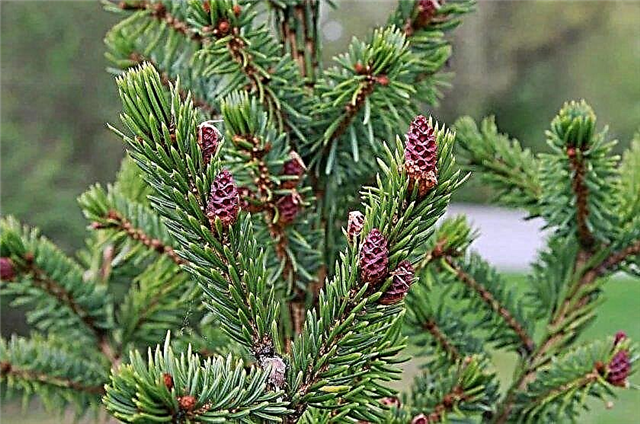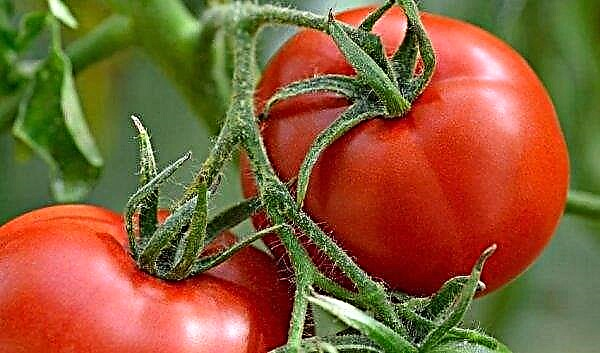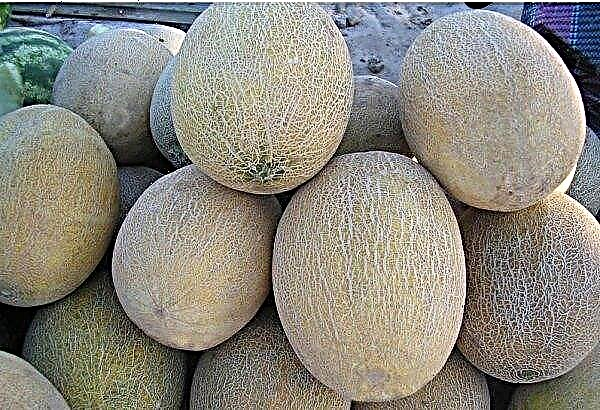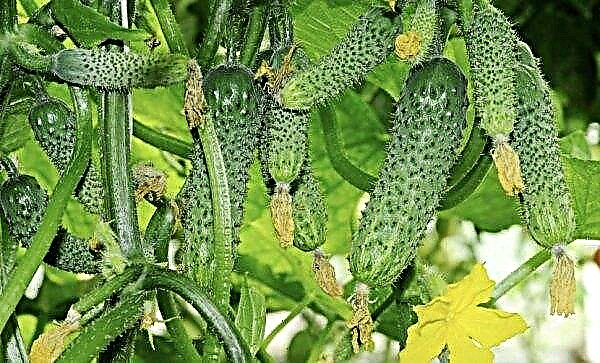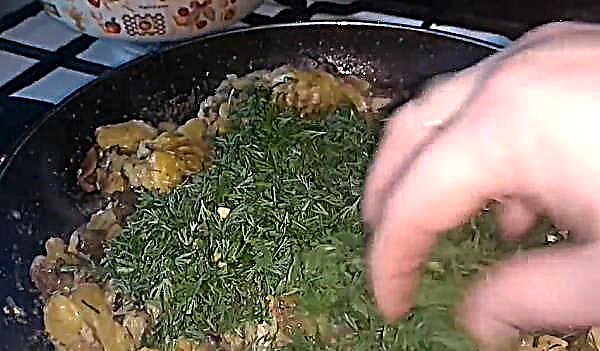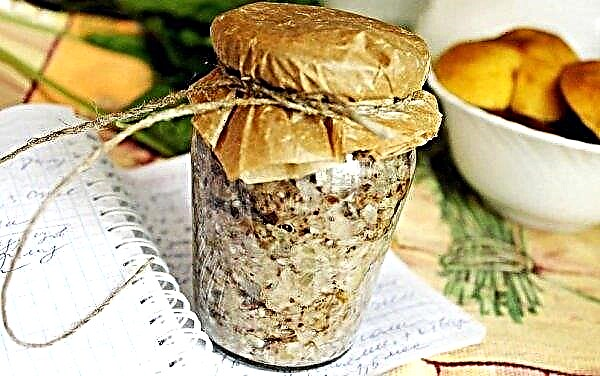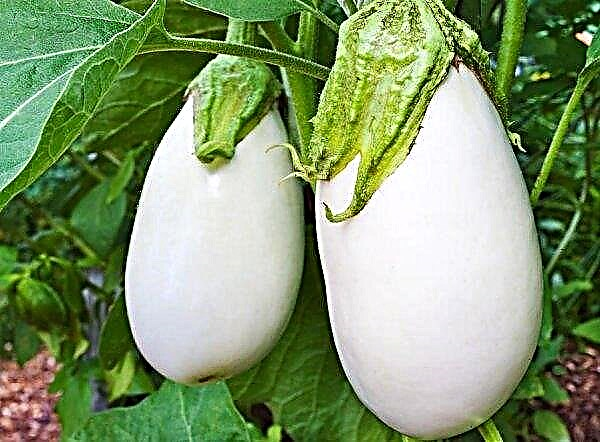Hydrangea (the Latin name for the plant is Hydrangea) is a tall ornamental shrub that many plant on their plots mainly for the sake of numerous lush flowers that bloom in mid-summer and do not fade until late autumn. It is easy to imagine how sad the gardener is if an unnatural green inflorescence begins to appear on the hydrangea bush in due time, which does not please the eye at all with its dull appearance. Below we will talk about why this happens and what needs to be done to restore the hydrangea flower that is characteristic of a particular variety.
Causes of hydrangea color change
It’s worth starting with the fact that all representatives of the Hydrangea genus, and more than fifty of them are known in the world, have very specific requirements for soil composition. So, for this shrub, which is a real calcephobe, it is fundamentally important that the soil is not just acidic, but very acidic. The lower the number of hydrogen index (pH), the better hydrangea will grow and develop; Moreover, interestingly, the acidity of the soil directly affects not only the general well-being of the plant, but also the color of its flowers.

Professional gardeners have long paid attention to this feature and are actively using it in order to change the shade of hydrangea inflorescences from time to time. So, if from spring to early autumn watering the bush with water with the addition of ammonium sulfate, in the color of the flowers, the white color will turn blue, and the original pink will acquire distinct purple tones.
However, the indicated cause of the problem is not the only possible one. Moreover, if Hydrangea grows and develops well, but is regularly covered with green flowers, this does not necessarily mean that something is wrong with the plant. There are varieties of hydrangea, for which this particular shade of inflorescence is the very “highlight” that landscape designers are happy to use when composing certain compositions and groups.
Important! Unsuitable soil acidity is the most likely explanation for hydrangeas to have an unnatural color. Due to its amazing feature, changing the color depending on the composition of the soil, the shrub is often called a chameleon plant.
For example, the "green" varieties of Hydrangea include:
- panicled hydrangeas Limelight and Pastel Green (the name of the varieties - "Lime Light" and "Green Pastel" - speak for themselves);
- oak-leaf hydrangea Snowflake;
- serrated hydrangea Preziosa;
- tree hydrangeas Sterilis, Hayes Starburst and Annabelle.

Thus, before embarking on hydrangea planting on your site, you should definitely take an interest in the botanical features of a particular variety and how they manifest themselves on a particular soil.
Further, almost all types and varieties of Hydrangea change the color of inflorescences throughout the flowering period. In the early stages, as a rule, the tone is as light and faded as possible, but over time, saturated colors begin to appear more and more, and finally, in the last phase, the color brightness again noticeably decreases. Thus, the shrub can begin to bloom with lettuce flowers, then change their color to rich pink, and again “turn green” by mid-autumn.
Did you know? In Japan, the birthplace of hydrangea, there is a legend according to which this plant appeared on earth on the birthday of Buddha (April 30, 563 BC), showered from the sky in the form of amazingly beautiful flowers.
And one more tip before starting to get upset about the wrong color of hydrangea. Like any other beautifully flowering plant, Hydrangea primarily responds to any stress by reducing the decorativeness of the flowers. Transplanting to a new place is a very serious stress. To fully recover and acclimatize in a new place, a seedling needs time, therefore, by the color of the inflorescences in the first season after planting a bush, you should not judge that something is wrong with hydrangea - maybe in a year everything will work out.

What does a plant lack if the flowers turn green
If the green shade of inflorescences is not typical for this variety and does not change throughout the season for several years in a row, most likely, the bush still does not have enough for full flowering.
There may be several possible reasons:
- Lack of moisture. All hydrangeas are very hygrophilous, which is even reflected in the Latin name of the plant (“Hydrangea” can be literally translated from ancient Greek as “a vessel with water”). With insufficient watering, the bush may well not only dry up and stop developing, but also change the shade of flowers from bright to faded.
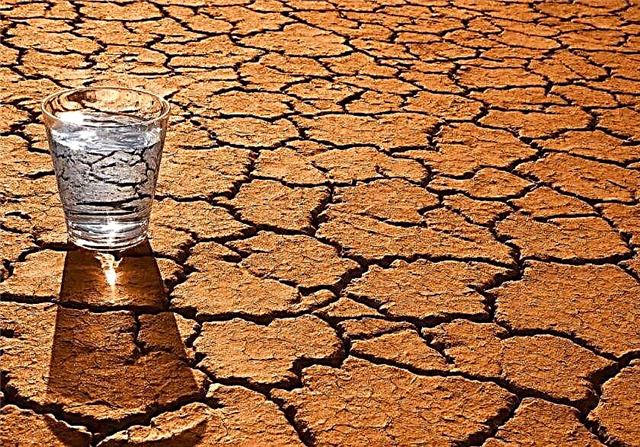
- Excess or lack of sunlight. For normal growth, Hydrangea needs diffuse lighting, especially during midday heat. Getting on young inflorescences, hot sunlight burns delicate tissue, as a result of which its color changes first to marsh, then to brown. However, being in complete shade, the bush can not fully bloom, in such conditions, inflorescences appear late, are small and faded.
- Errors in feeding. Hydrangea negatively reacts to an excess of mineral fertilizers, especially if the nutrient balance is not observed during their application. Before planting a bush, you must definitely ask what fertilizing was applied to the soil during the growing of the seedlings, and over the next few years try to maintain the mineral composition of the soil at the level familiar to the plant.
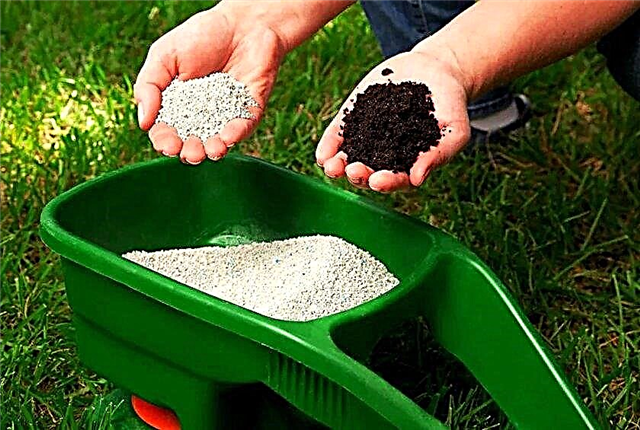
- Inclement weather. With all the hydrophilicity of hydrangeas, frequent heavy rains, especially if they capture the period of budding and the beginning of flowering, can do more damage to the shrub than prolonged drought. The main danger here is that excess water leads to leaching from the soil of micro- and macrocells needed by the plant, and it is very difficult to restore their quantity without violating the principle of balance. In addition, the constant ingress of water on inflorescences and excessive air humidity is one of the reasons for the development of superficial fungal infections, which can also adversely affect the quality of flowering, including the color of the flowers.
- Lack of aluminum. By itself, this element in the soil, as a rule, is present in the required quantity, but the problem is that the root hydrangea system is not always able to fully absorb it. The main reason is the presence of lime in the soil, which the bush does not tolerate at all. In acidic soil with assimilation of aluminum, there are no difficulties, and therefore in such a soil hydrangea will definitely not turn green for no reason.
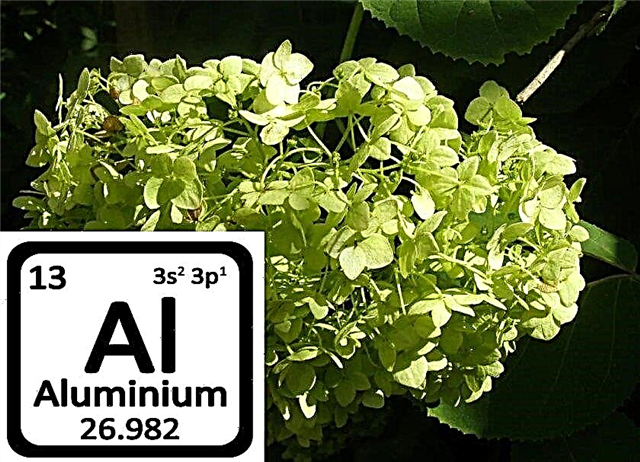
- Lack of iron or problems with its absorption. The diseased state of plants caused by iron deficiency is called chlorosis, and is manifested primarily by unnatural yellowing of the leaves. But in lush hydrangeas, among the symptoms of chlorosis, a change in the color of inflorescences can also be observed.
Important! The increased alkali content in the soil slows the absorption of aluminum, iron and magnesium by plants. Excess acid, in turn, leads to disruption of nitrogen, phosphorus and calcium metabolism in plant tissues, especially those that exhibit increased requirements for these elements (calcephils).
Ways to solve the problem
Knowing the main list of reasons that can lead to the absence of the desired color in hydrangea flowers, it is much easier to make the necessary adjustments to the plant care system. The first thing to do after removing from the list of probable problems such items as lack of watering, excessive humidity, improper lighting and hypothermia (especially dangerous for the shrub when its root system is in the cold and the surface part in the scorching sun) is determine the acidity of the soil and, if necessary, reduce the content of lime in it.
There are several methods for determining soil acidity:
- By type of weed, which is sown on a bed, or ornamental plants, which are best taken root on it. The acidity of the soil is evidenced by the good development in the area of sorrel, plantain, viola (pansies), horsetail, swamp buttercups, lilies of the valley, azaleas, as well as conifers. But tulips, daffodils, cloves, asters, hyacinths, legumes and pumpkin crops, onions, garlic and currants, on the contrary, feel great on slightly alkaline soil, which hydrangeas are completely unsuitable. Clover, coltsfoot, nettle, bindweed - lovers of neutral soil; when they dominate the plot, the soil for growing Hydrangea most likely needs to be slightly acidified.

- By applying ordinary table vinegar to a soil sample. In an acidic environment, there is no visible reaction, in an alkaline medium, active emission of carbon dioxide begins, in a neutral one you can see the appearance of small air bubbles in a liquid.
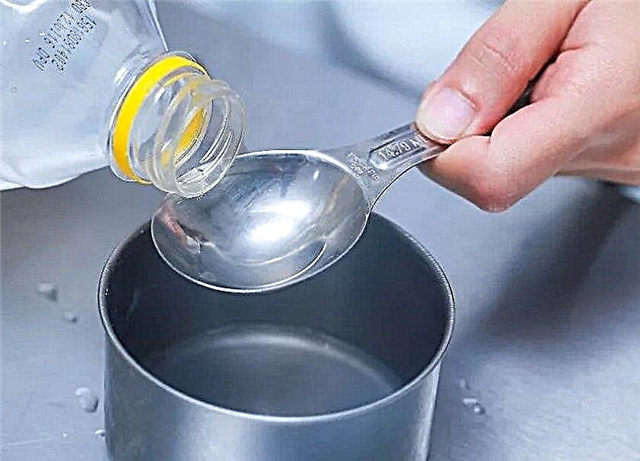
- Using indicatorsthat change color depending on the acidity of the medium - for example, litmus or phenolphthalein. A similar indicator can be made at home from fresh leaves of black currant. To do this, pour such raw materials with boiling water (4-5 leaves per 250 ml of water), insist for 5-6 hours, dip a handful of earth into the resulting broth and monitor the color change of the liquid. The closer this shade is to red, the more acid is contained in the soil.
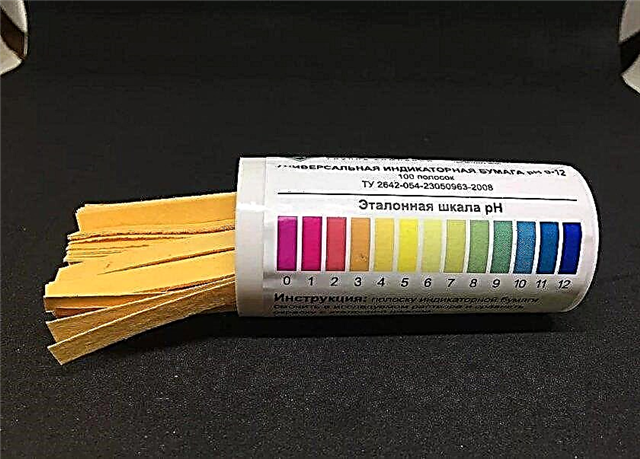
- Using special instruments - the so-called pH meters or electronic acidity analyzers. This method is the most expensive, but reliable and professional, because it allows you to not only find out the dominant reaction in the soil, but also accurately determine the value of the hydrogen index.
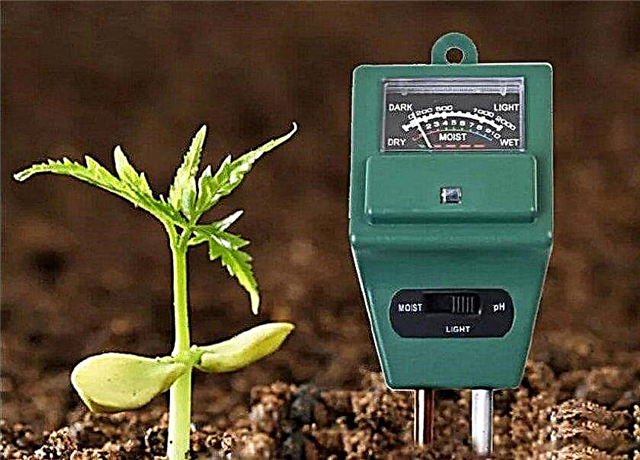
To increase the acidity of the soil, making it more suitable for hydrangea, by mechanically changing the composition of the soil. To this end, peat, sawdust, pine bark or a substrate from coniferous forest are introduced in large quantities into the earth around the bush. On the other hand, it is important to refrain from using those organic fertilizers that are rich in nitrogen and, consequently, lead to an increase in pH, bringing the soil reaction closer to neutral or even alkaline.
It is primarily about manure and humus. That is why excessive care for hydrangea and attempts to “feed” it with the most valuable organic drugs in most other cases very often give the exact opposite result. You can also acidify the soil by adding citric acid, lemon juice or vinegar to the irrigation water. It is impossible to abuse such “enrichment”, otherwise the root system of the shrub can get burned, therefore, when determining the proportion, you need to ensure that the acid in the water does not taste.

By one unit, the pH can be reduced by a single application of aluminum sulfate into the soil, but the recommended dose of this compound directly depends on the initial soil structure: alumina requires 160 g of substance per m², 110 g for loam, and 60 g of the sandstone is enough to add .
If the soil on the plot is acidic enough (for those who use a professional device, the pH level is less than 5.0), but the hydrangea flowers still remain greenish, the gardener’s task is to enrich the soil with iron and aluminum. For this, various drug options are on sale, in particular, aluminum sulfate, ammonium sulfate, aluminum or iron alum.
With such substances, however, it is important not to overdo it, so as not to upset the balance of other minerals in the soil. So, for example, alum should be used at a concentration of 0.3-0.5%, watering the bushes with the resulting solution at the rate of 10 liters per adult plant and 5 liters per young seedling.
Did you know? Japanese brew leaves hydrangeas are like tea. This aromatic drink, called "amacha", has not only culinary, but also religious value: Buddhists believe that it has the magical ability to drive away evil spirits, as well as snakes and poisonous insects.
The result of using alum directly depends on the type of hydrangea: the most dark and saturated color can be obtained only from those varieties for which initially not classical white, but at least pink inflorescences are characteristic. In this case, varieties with initially purple flowers can achieve almost black shades of flowering due to the competent enrichment of the soil with aluminum.
You can add metal to the soil in a simpler way: dig a few nails into the ground around the shrub or a couple of handfuls of metal shavings. However, although this will give the desired effect, it is worthwhile to think carefully before clogging the soil in your own area with objects that could injure yourself during the subsequent processing of the garden bed.

Some gardeners practice watering the ornamental shrub with a weak solution of potassium permanganate or copper sulphate to obtain, in the end, respectively, pink or purple flowers. But this method can be called dyeing rather than fixing the problem, which in fact often underlies the unnatural change in the color of the buds.
The ability of garden hydrangea to wonderfully change the color of inflorescences depending on external factors gave this shrub the nickname of a chameleon in the plant world. However, if for a chameleon this quality is a way to merge with surrounding objects and maintain their own safety, hydrangea forms buds of an unnatural color for itself due to the fact that it lacks something. Therefore, the appearance of green buds on a shrub of the genus Hydrangea is an alarming signal for the gardener. Fortunately, in most cases the problems indicated by this symptom are not so difficult to solve.








